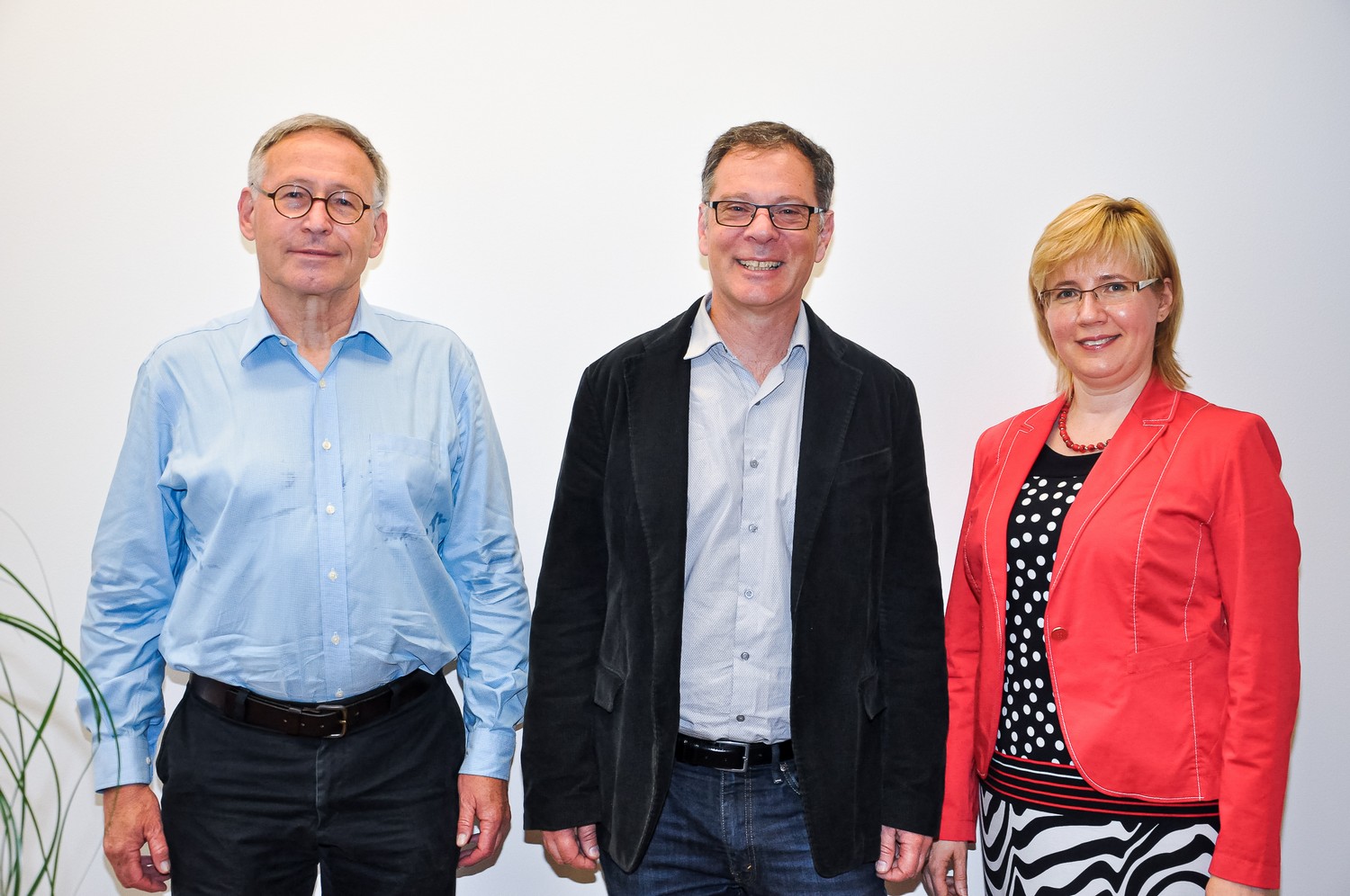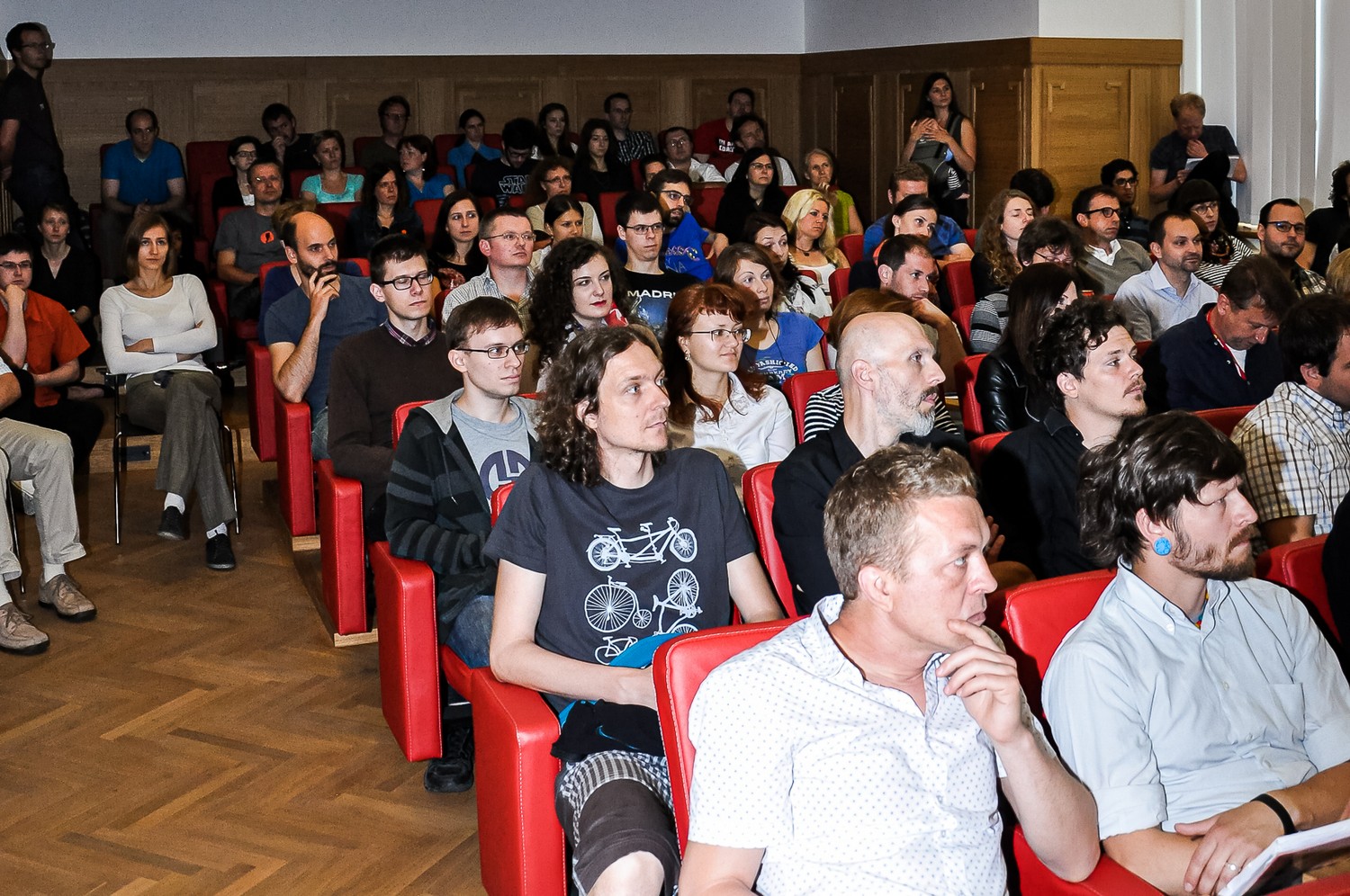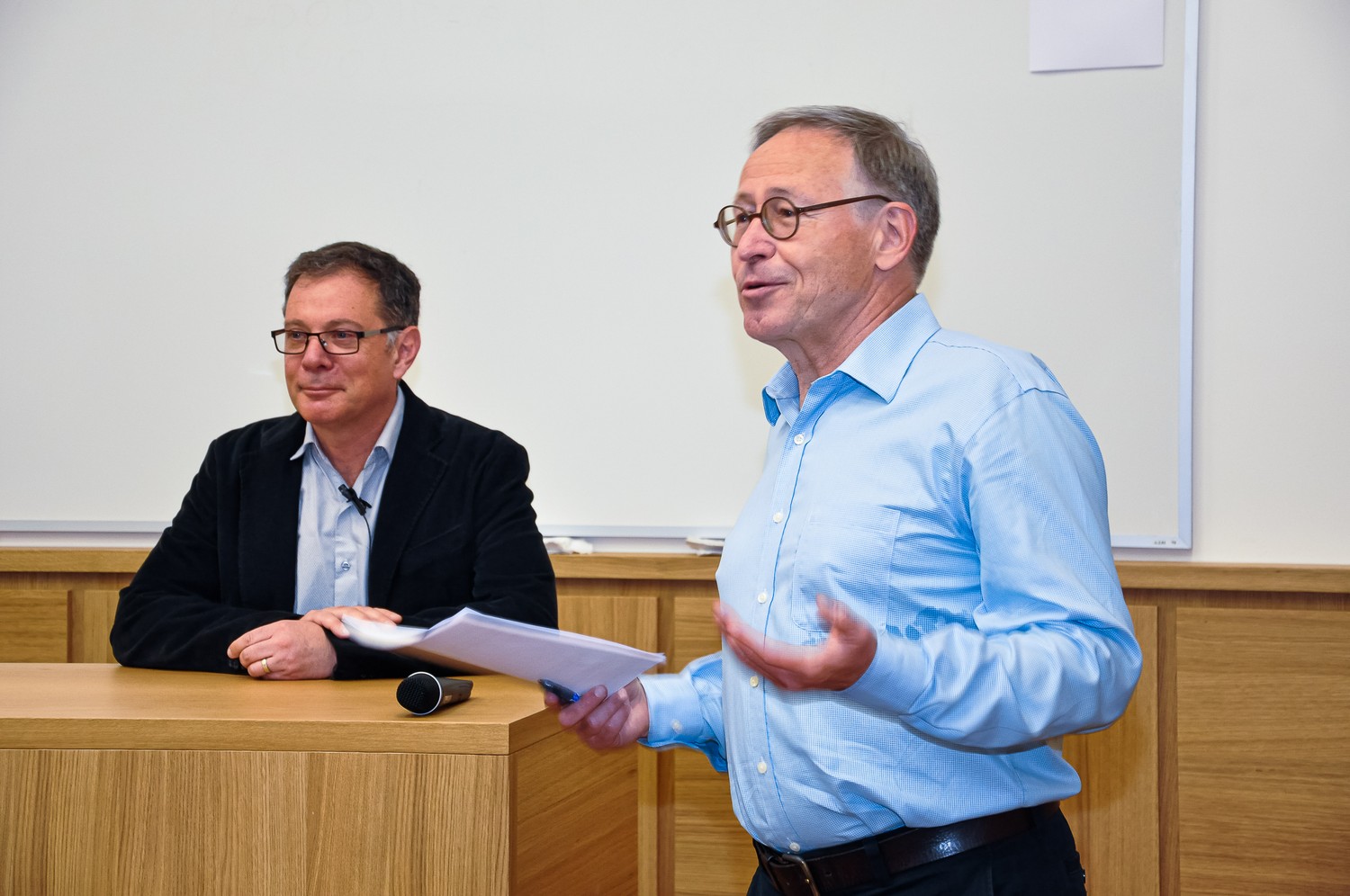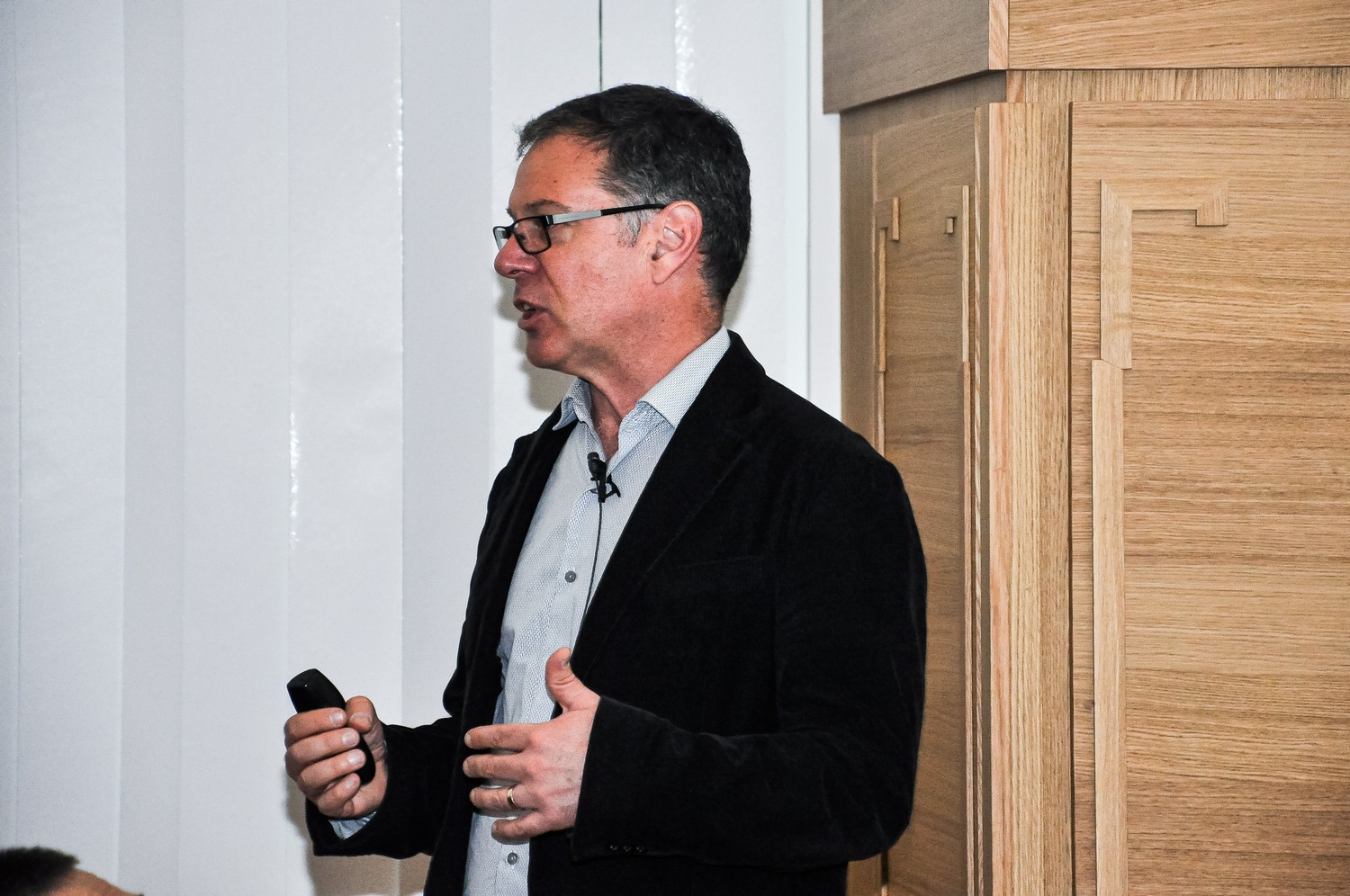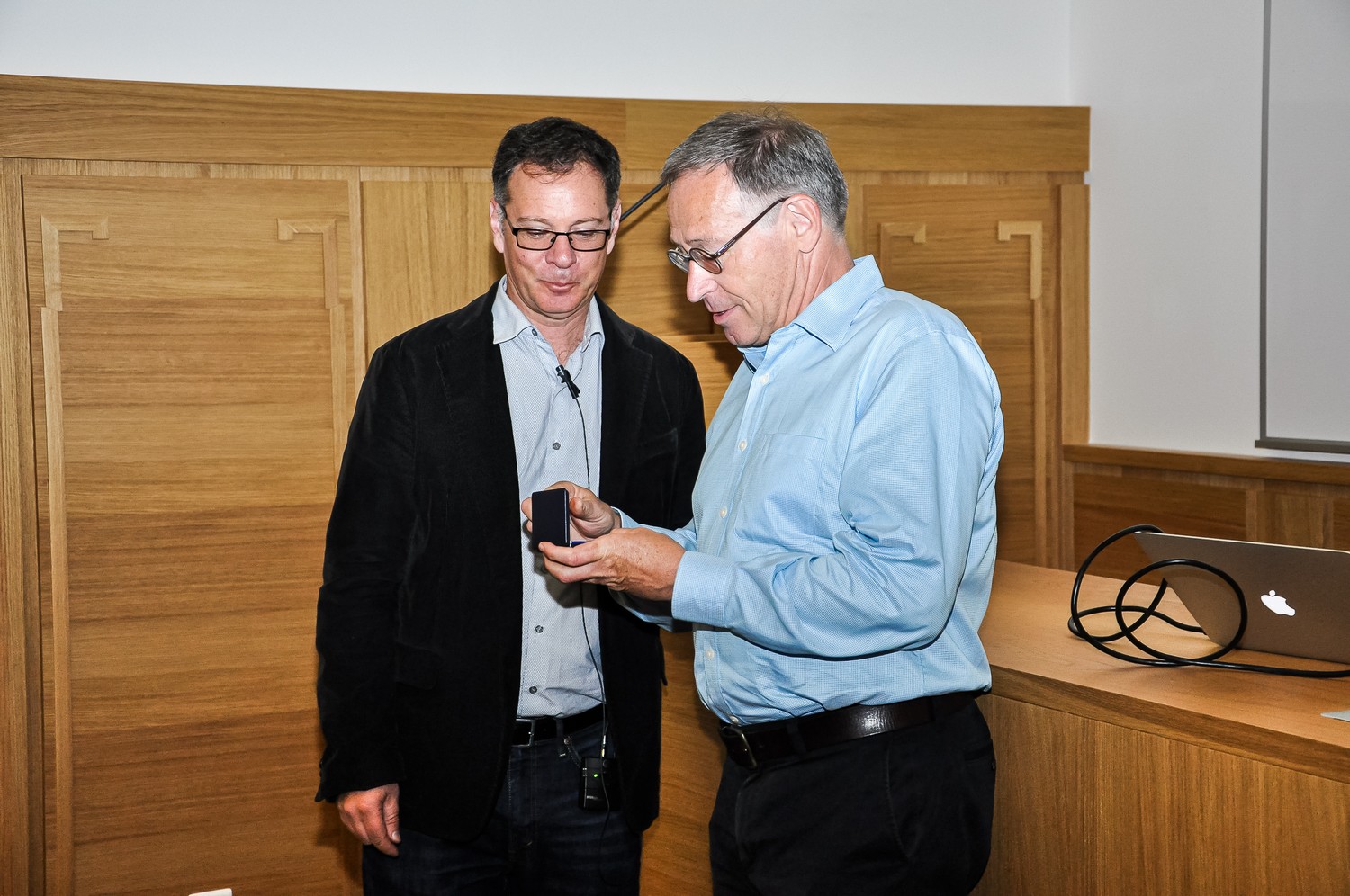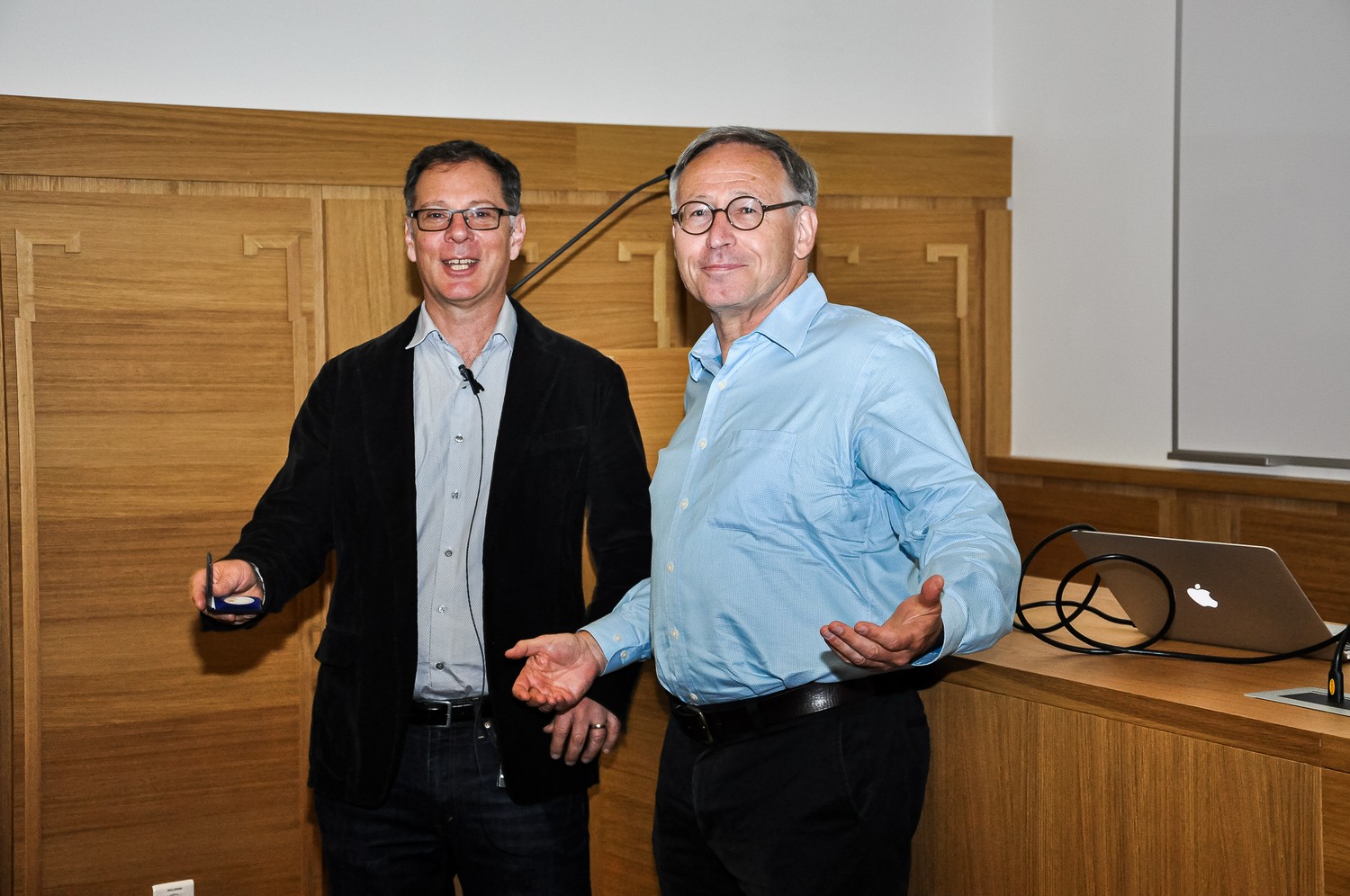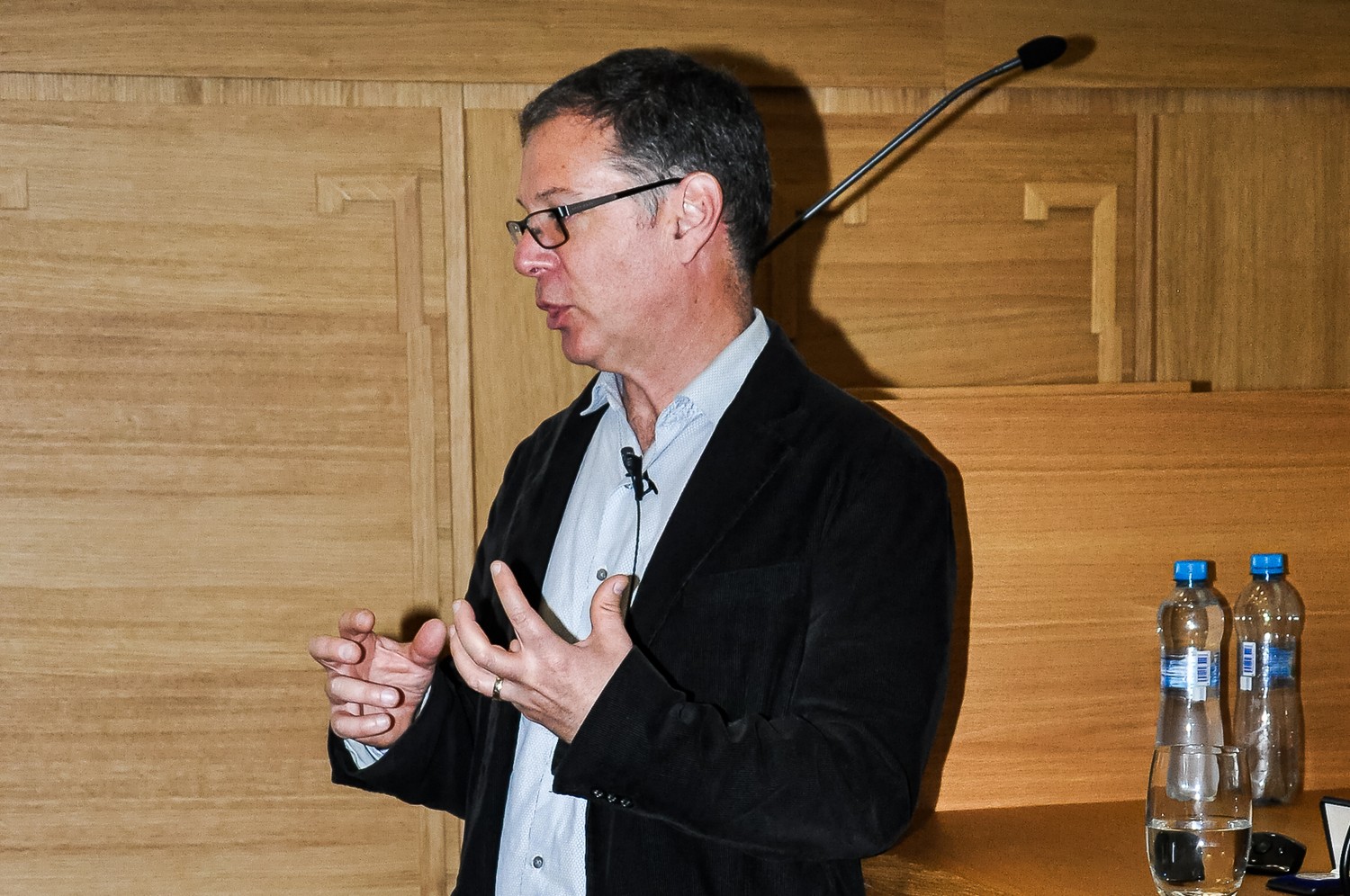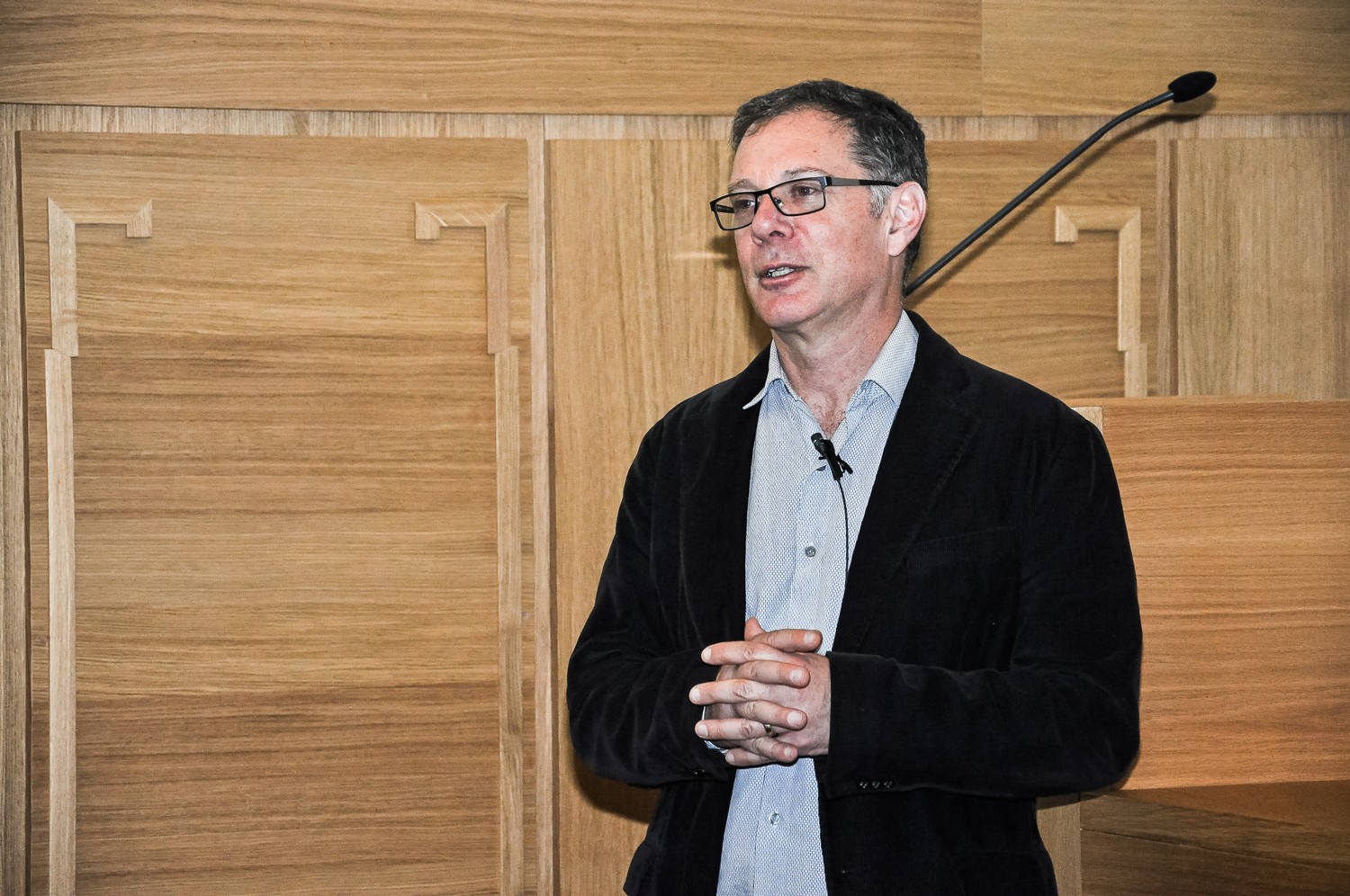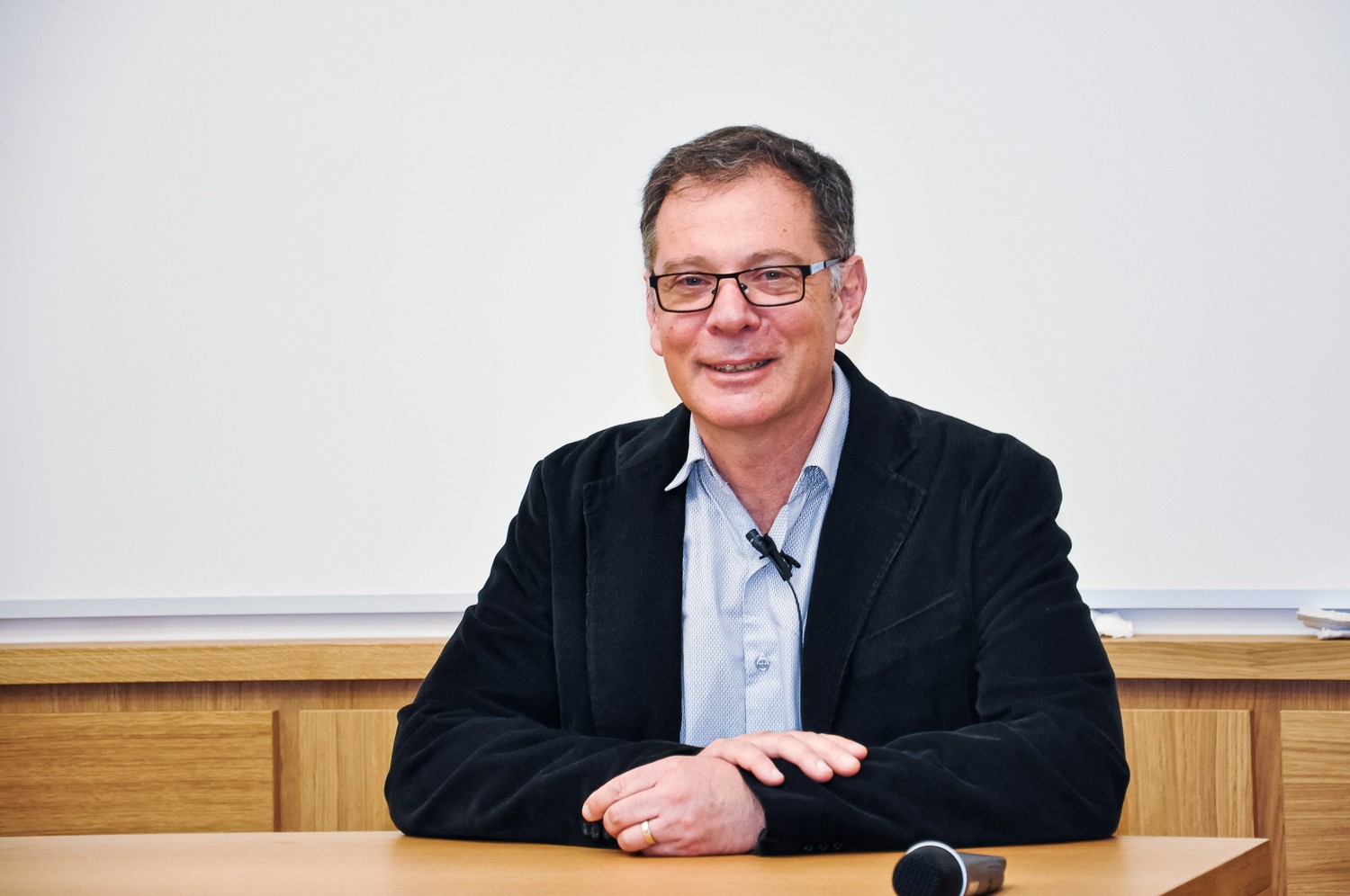
Prof. James H. Hurley (Department of Molecular and Cell Biology, University of California, Berkeley, California, USA)
How HIV Hijacks Membrane Traffic
Abstract
My talk will consider several steps in the HIV-1 replication cycle from the perspective of molecular structure and in vitro reconstitution, both in membrane traffic and beyond. Upon infection, the Nef proteins of HIV and SIV drive a series of changes in the repertoire of cell surface proteins, including CD4, MHC-I, tetherin, and SERINC3 and 5. Nef subverts clathrin coated vesicle trafficking by hijacking the clathrin adaptor complexes AP-1 and AP-2. A step-by-step structural and biochemical dissection of AP hijacking by Nef shows that this is a stunningly complex process, and highlights ancient complexities in clathrin coat formation that were only uncovered in the course of research on Nef. HIV infection is currently impossible to eradicate due to its ability to integrate into the human genome and enter latency. Exit from latency involves the HIV protein Tat and HIV RNA TAR, and the human superelongation complex. New structural studies illuminate how Tat and TAR hijack human RNA polymerase II to transcribe the provirus, and may suggest new strategies for therapeutic reactivation. HIV-1 exits host cells by using its Gag protein to package its RNA genome and to recruit the human ESCRT proteins to release nascent buds. We have reconstituted the specific packaging of the RNA genome and the recruitment of ESCRT proteins by HIV-1 Gag assembled on membranes, revealing that the selectivity of RNA packaging by HIV-1 Gag is exquisitely sensitive to the geometry of the immature Gag lattice.
